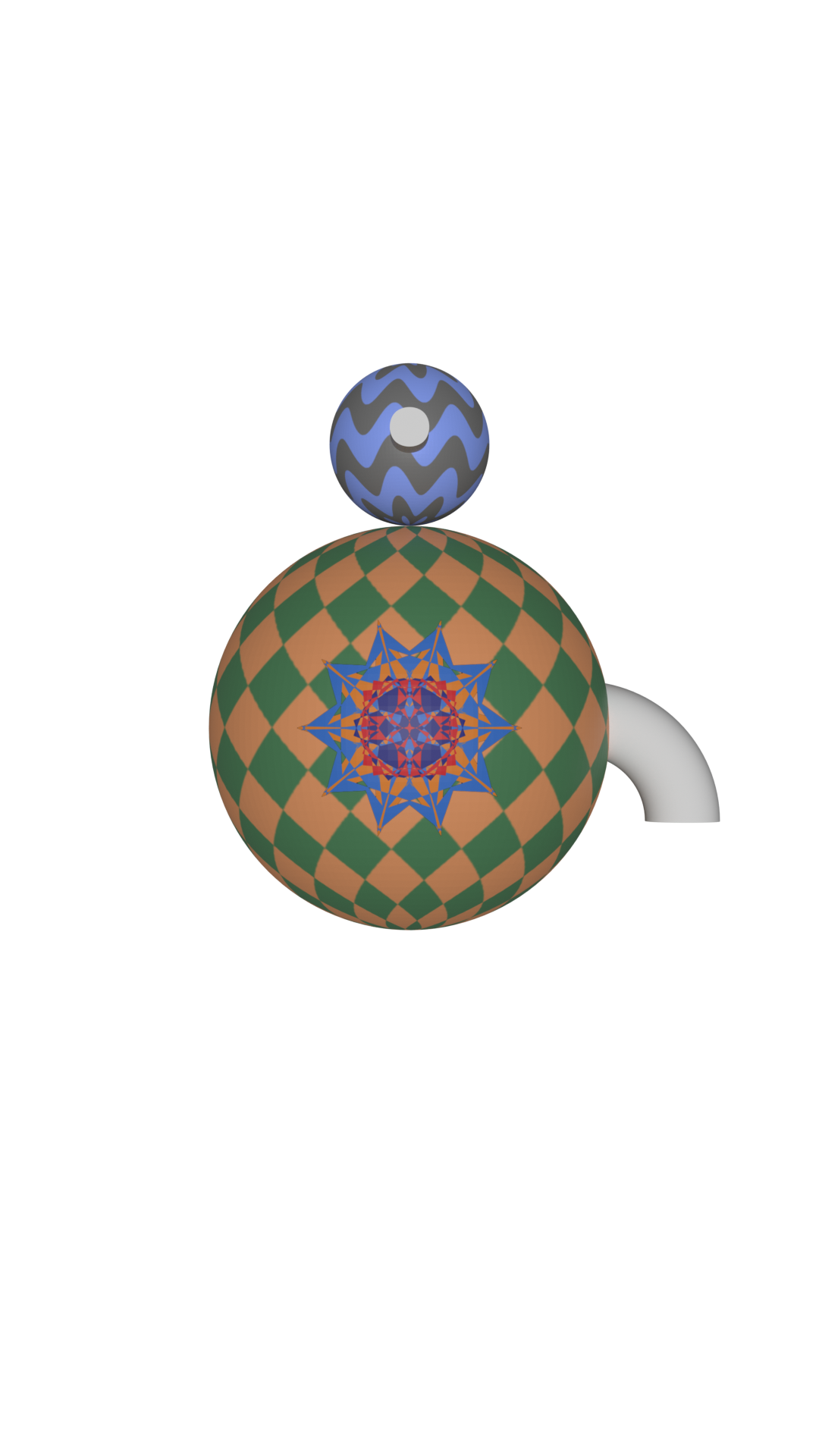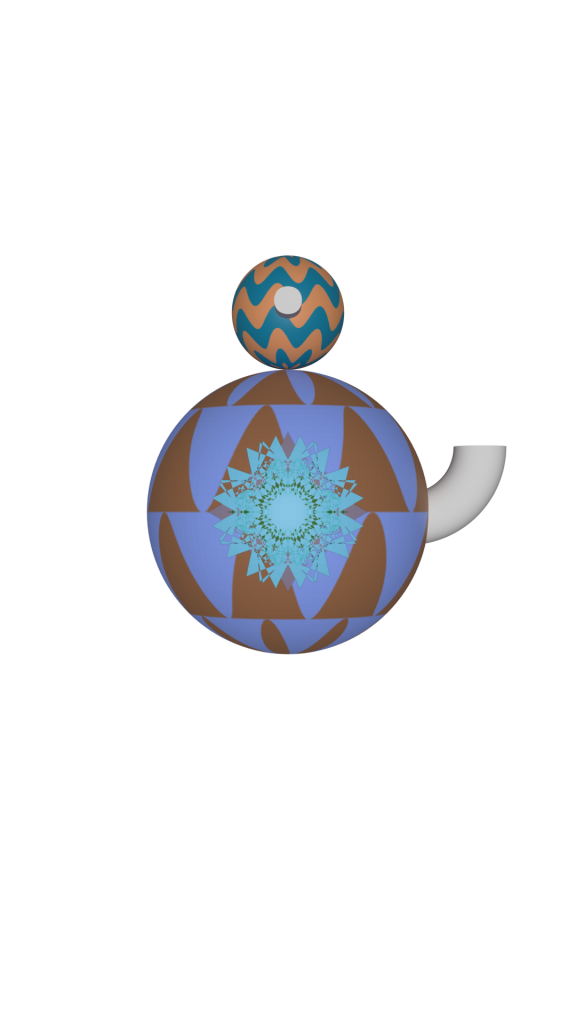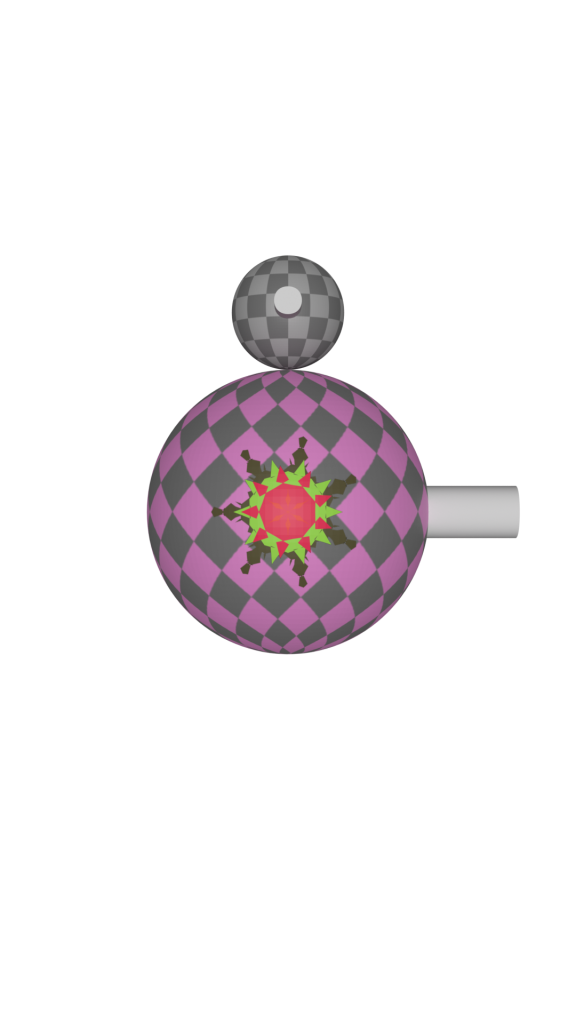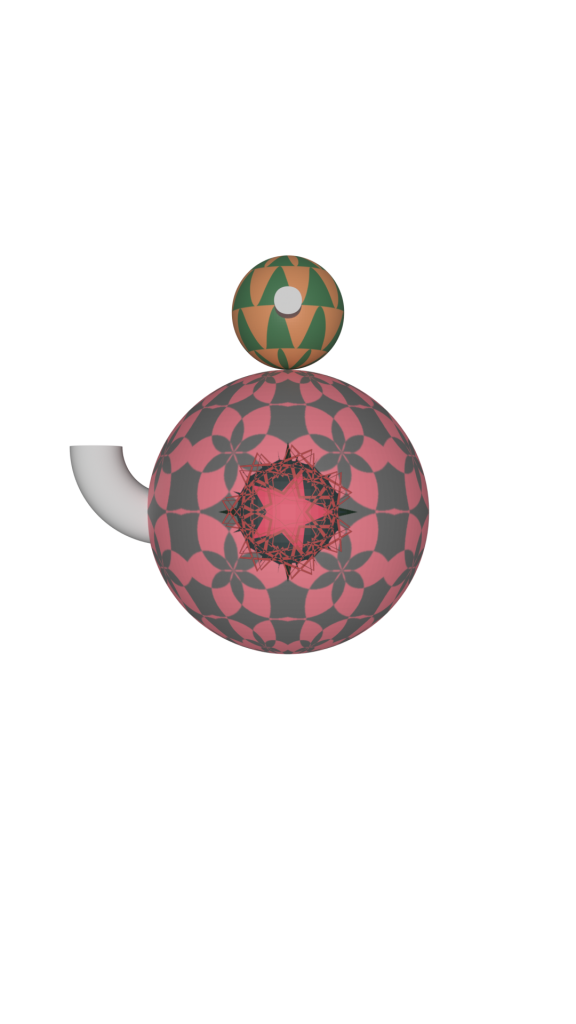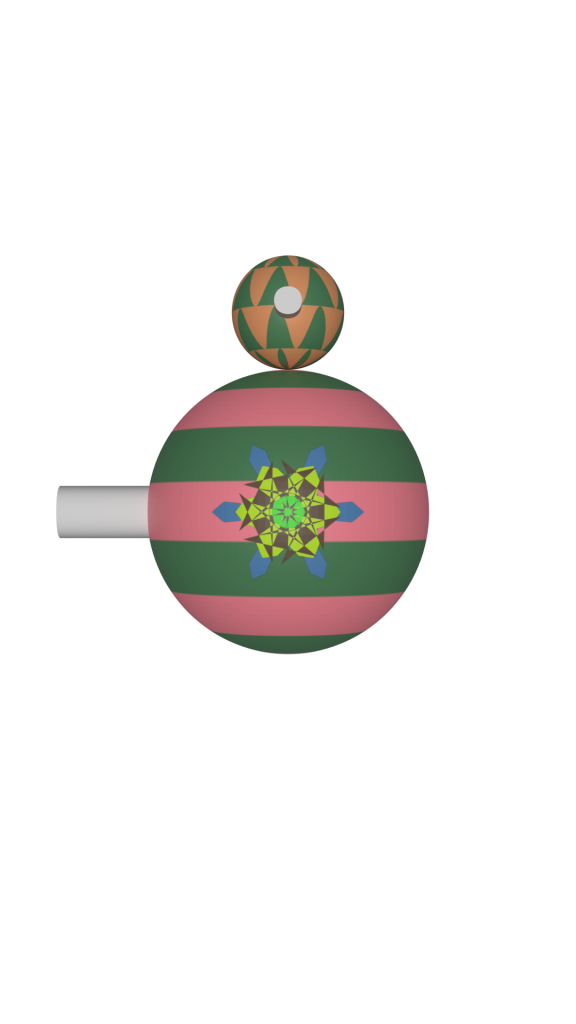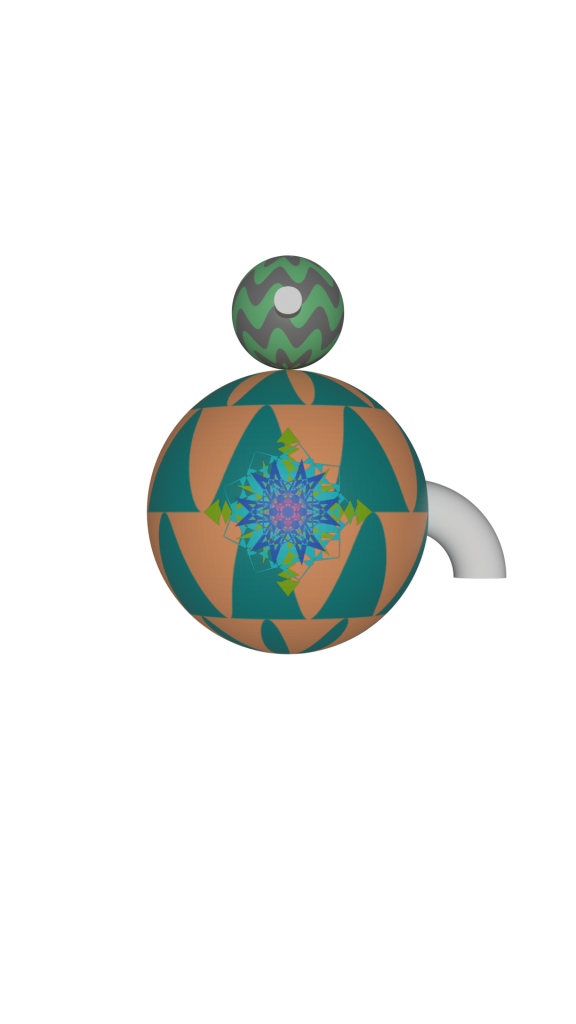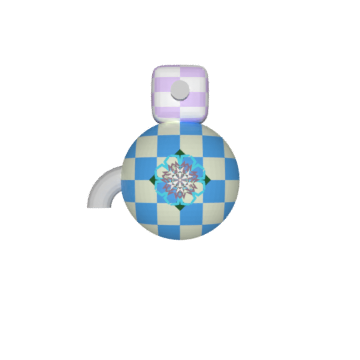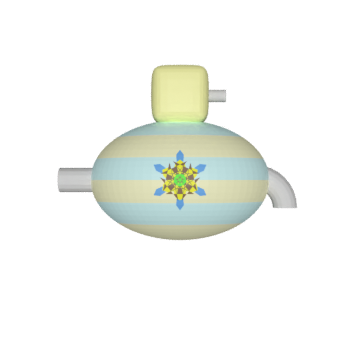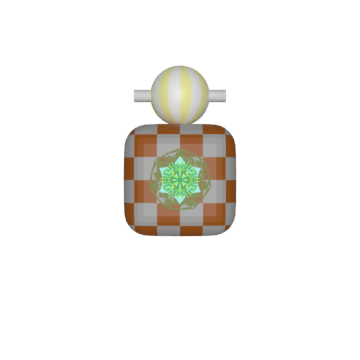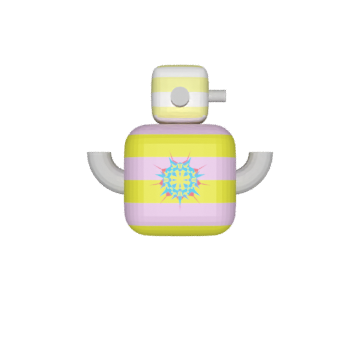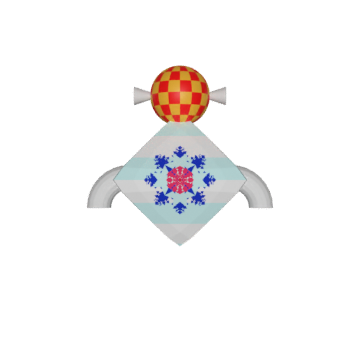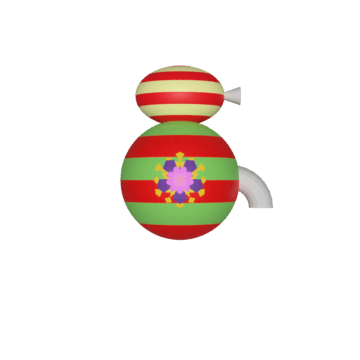Quaddle 2.0
Multidimensional 3D Stimuli for Cognitive Brain Research
Overview:
Quaddle2.0 is an open-source software program designed to help researchers in the field of cognitive science create and manipulate a wide range of stimuli for use in their studies. Developed using Blender, the popular 3D modeling software, Quaddle2.0 allows researchers to create complex, multi-dimensional stimuli that can be easily exported to a variety of file formats, including PNG and GLTF.
The program is designed to be intuitive and user-friendly, making it accessible even to researchers who may not have extensive experience with 3D modeling software. It includes a wide range of features that allow users to manipulate and customize their stimuli, including the ability to adjust the shape, size, and color of objects, as well as the ability to add textures and other visual effects.
With over 1.5 billion potential stimuli variations, researchers can use Quaddle2.0 to create a wide range of different stimuli for use in their studies, including visual, auditory, and tactile stimuli.
Dimensions:
Quaddle 2.0 is a powerful 3D stimuli generation toolbox based on Blender, which has six main dimensions for creating custom 3D models. Here’s an example of a Quaddle and its compositions in blender.

Download Blender & Setup Quaddles:
Quaddle2.0 Source Code: https://github.com/xwen1765/blender-quaddle
Blender Download: https://www.blender.org/download
Detailed Setup Instructions: https://xwen1765.github.io/docs/Quaddle2.0/quaddle_02
For questions or support, contact Xuan Wen at xuan.wen@vanderbilt.edu

